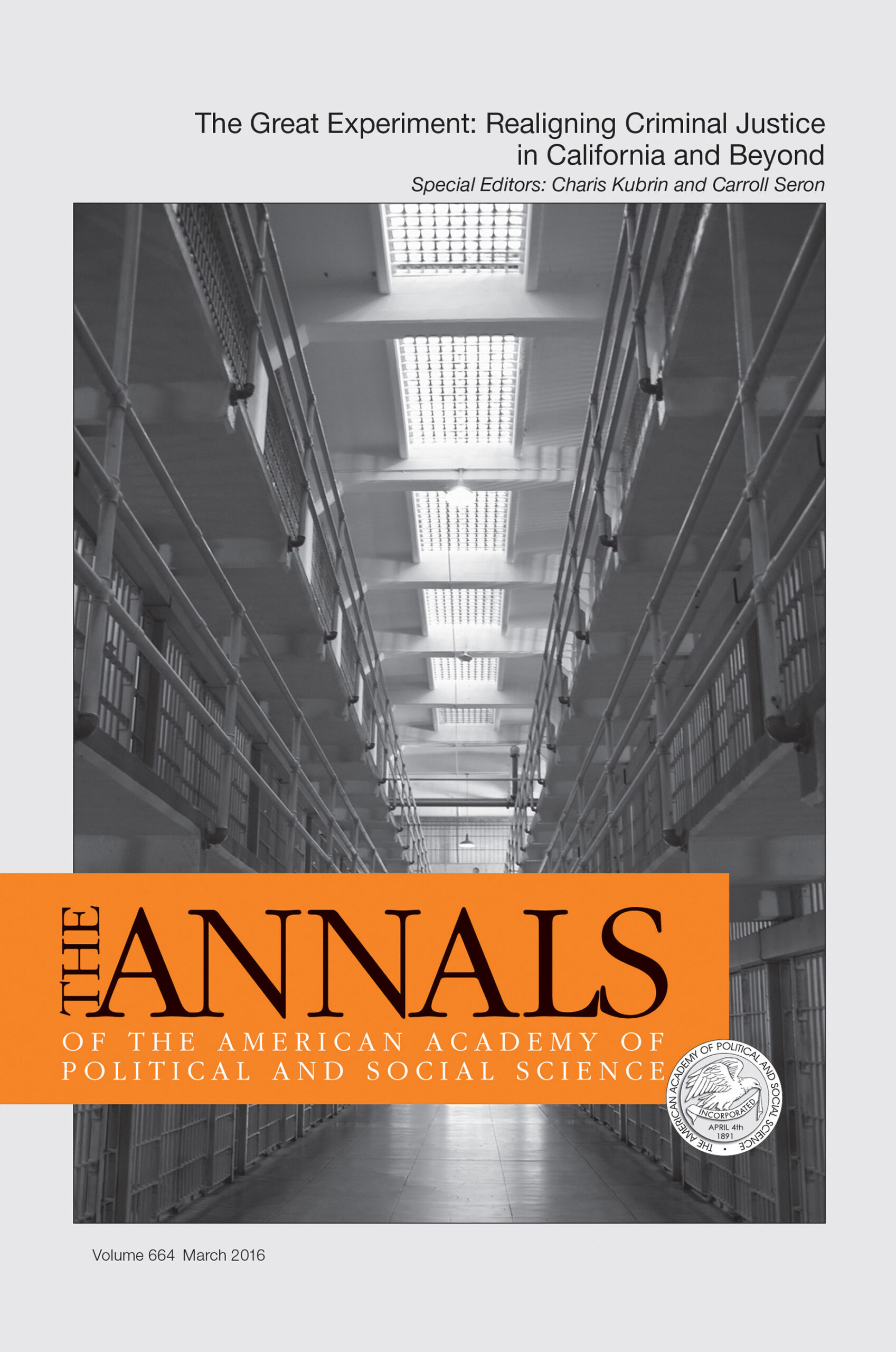Last year, President Obama became the first sitting president in American history to step inside a federal prison, visiting the El Reno Federal Correctional Institution outside of Oklahoma City. His visit highlighted the growing bipartisan support for reform of the U.S. criminal justice system, which houses nearly 25 percent of the world’s incarcerated population, despite the United States having less than 5 percent of the world’s population.
Until recently, the state of California was home to the nation’s largest state prison system. After several decades of rapid growth, California’s prison population peaked at 173,000 in 2006, despite the fact that its prisons were designed to hold a maximum of 79,858 people. In 2011, the Supreme Court decided that prison conditions in California were tantamount to cruel and unusual punishment and required the State to bring its prison population down to 137.5 percent of design capacity by reducing the rolls by some 33,000 inmates over a two-year timeframe. To comply with the court order, California enacted a controversial law – Public Safety Realignment – which transferred responsibility for lower- level felony offenders from the state correctional system to 58 county jail and probation systems. Today, there are 146,000 fewer Californians supervised either in prison, jail, parole, or probation than there were prior to Realignment.
The realignment of California corrections has been described as “the biggest criminal justice experiment ever conducted in America.” How did California end up in the Supreme Court? How has Realignment been implemented in the State? Is the Realignment experiment working? Going forward, what can we learn from California? This volume of The ANNALS is the first systematic, scientific analysis of the recent realignment of California corrections. Key findings in the volume are:
The origins of California Realignment. New historical research describes the social conditions that undergirded California’s prison buildup, a politics of avoidance and passing the buck that influenced decades of policy choices about crime and punishment, and the role of public interest lawyers in developing and sustaining the legal claims that led to the 2011 Supreme Court decision.
- Reductions in California incarcerations were neither politically expedient nor particularly popular. Years of sustained (and barely funded) “cause lawyering” was necessary to shepherd change.
- Historical analysis also suggests that humanitarian and legal challenges to hyper- incarceration were aided by the Great Recession; an extraordinary need for austerity and financial prudence set the stage for difficult policy decision-making.
Implementation. The great shift in responsibility for low-level offenders from the state to the counties is a remarkable (and rare) example of devolution of power and authority.
Implementation of Realignment has varied considerably across the counties: some have chosen to reduce prison populations by adding more bed space in jails, while others have elected to place more individuals on probation, and still others have provided greater rehabilitative services to parolees. Finally, a few counties have dodged the spirit of the law by altering sentencing practices in ways designed to avoid Realignment’s intended shift in supervisory responsibilities.
Despite this variation, it is clear that California has progressed rapidly toward its goal of reducing its prison population and complying with the Supreme Court order.
Crime and recidivism. Is California becoming more dangerous because of Realignment? The empirical work published here suggests that it is not.
New research on crime in the aftermath of Realignment shows that prison downsizing has had negligible consequences for crime, one way or another. As one expert puts it, the criminogenic consequences of Realignment “have been so far both modest and benign.”
New research on recidivism finds no evidence that Realignment has resulted in more parole violations or in rearrests for felonies and misdemeanors.
County-level analyses suggest that the release of low-level felony offenders from state to local governments may actually improve recidivism outcomes, depending on the approach that local governments take in dealing with prisoners released by the state to their care. Counties that put attention and resources into prisoner reentry services and programming have seen better recidivism outcomes than counties that put money into additional law enforcement, sheriffs, or jail beds. These are notable results, but preliminary: better data and more time are needed to paint a full picture.
Prospects for the future. What does the California experience mean in terms of the broader conversation about incarceration policy in America?
At the state level, there are significant challenges inherent in a policy shift this dramatic that must be met if the initial “success” of Realignment is to continue. California is providing funding to counties to offset some local costs of Realignment, but whether that funding will be sufficient to meet the needs of county jails and other local services is still a concern. Months into implementation, for example, many counties experienced overcrowding in their jails. And there is a growing need for treatment programs and targeted interventions for specific offender populations—programs that seem to be important for Realignment’s continued success.
Across the nation, most Americans have no idea that California Realignment has happened. We’ve not had an opportunity, therefore, to learn from the experiment. In fact, criminal justice realignment in California has barely been a blip in state or national conversations, even as it holds great promise beyond California. This volume can assist in opening that dialogue.

